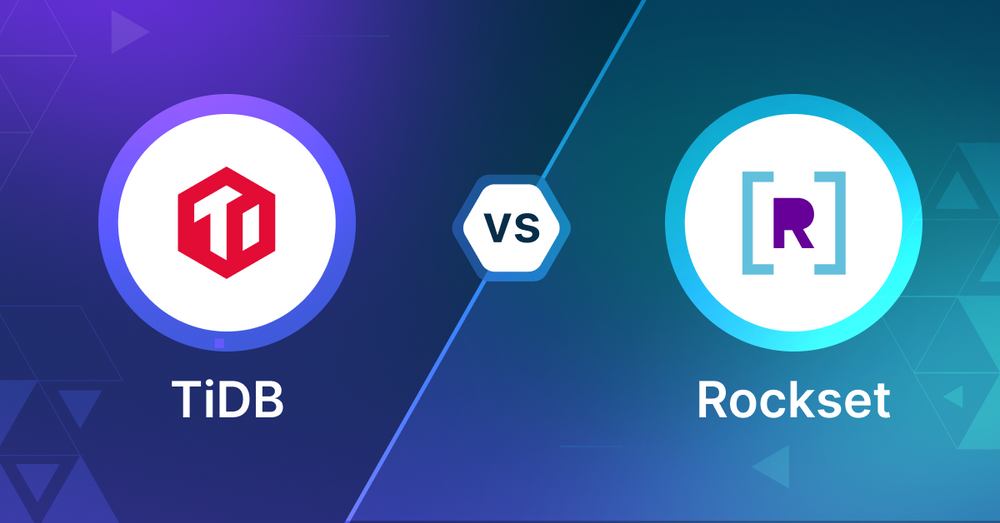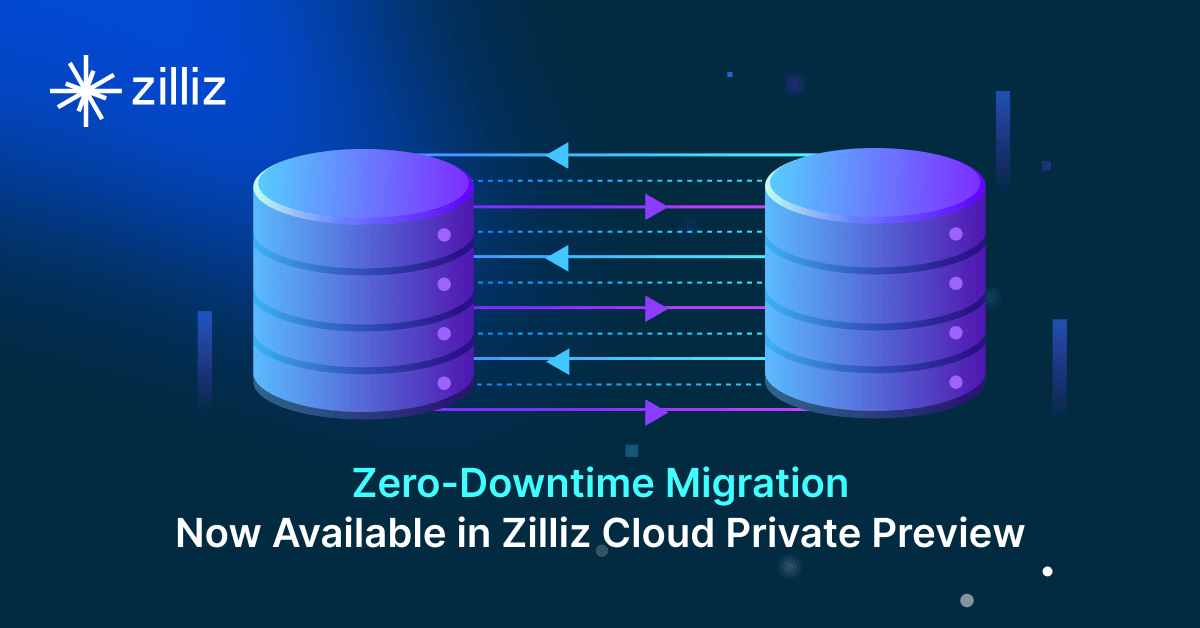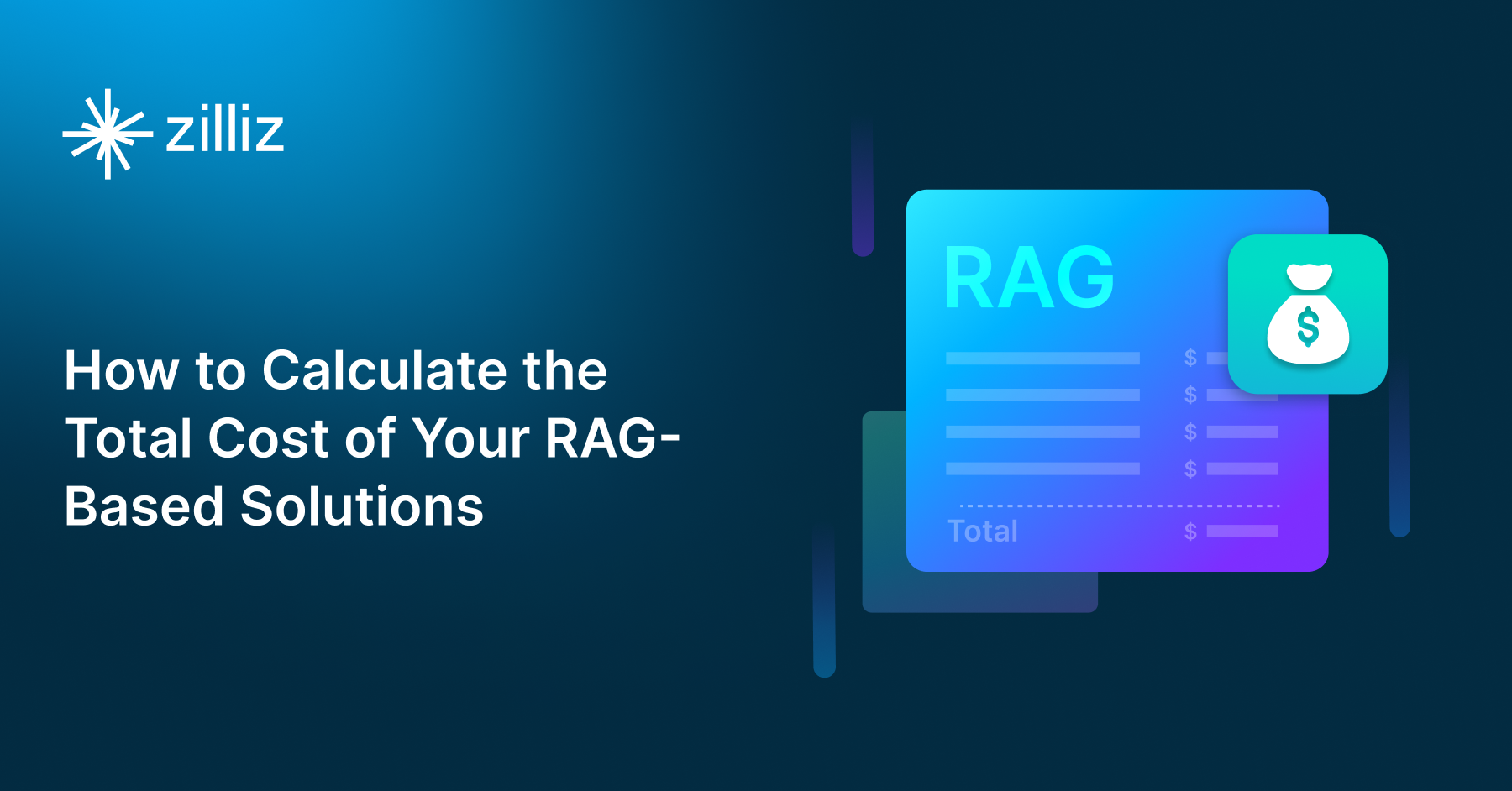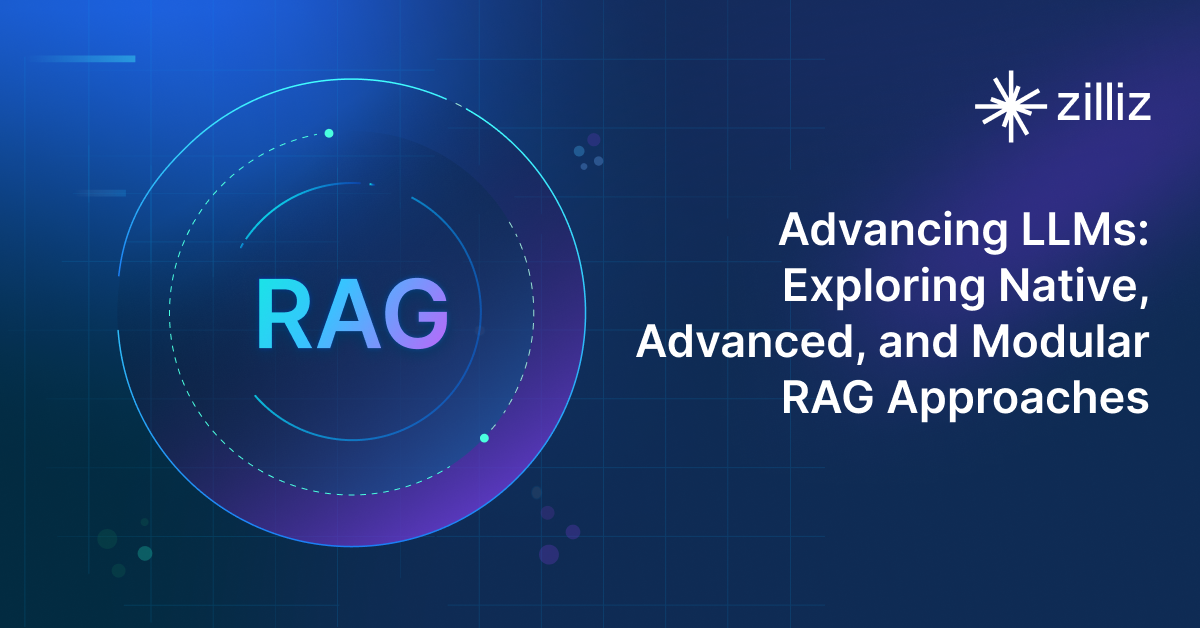TiDB vs Rockset Choosing the Right Vector Database for Your AI Apps

What is a Vector Database?
Before we compare TiDB and Rockset, let's first explore the concept of vector databases.
A vector database is specifically designed to store and query high-dimensional vectors, which are numerical representations of unstructured data. These vectors encode complex information, such as the semantic meaning of text, the visual features of images, or product attributes. By enabling efficient similarity searches, vector databases play a pivotal role in AI applications, allowing for more advanced data analysis and retrieval.
Common use cases for vector databases include e-commerce product recommendations, content discovery platforms, anomaly detection in cybersecurity, medical image analysis, and natural language processing (NLP) tasks. They also play a crucial role in Retrieval Augmented Generation (RAG), a technique that enhances the performance of large language models (LLMs) by providing external knowledge to reduce issues like AI hallucinations.
There are many types of vector databases available in the market, including:
- Purpose-built vector databases such as Milvus, Zilliz Cloud (fully managed Milvus)
- Vector search libraries such as Faiss and Annoy.
- Lightweight vector databases such as Chroma and Milvus Lite.
- Traditional databases with vector search add-ons capable of performing small-scale vector searches.
TiDB is a traditional database and Rockset is a search and analytics database. Both with vector search as an add-on. This post compares their vector search capabilities.
TiDB: Overview and Core Technology
TiDB, developed by PingCAP, is an open-source, distributed SQL database that offers hybrid transactional and analytical processing (HTAP) capabilities. It is MySQL-compatible, making it easy to adopt for teams already familiar with the MySQL ecosystem. TiDB's distributed SQL architecture provides horizontal scalability like NoSQL databases while retaining the relational model of SQL databases, making it highly flexible for handling both transactional and analytical workloads.
One of TiDB's core strengths is its HTAP architecture, which allows it to process transactional (OLTP) and analytical (OLAP) workloads in a single database, reducing the need for separate systems. Additionally, TiDB's MySQL compatibility makes it easy to integrate into existing environments that rely on MySQL without significant changes to the application code. The database also features auto-sharding, automatically distributing data across nodes to improve read and write performance while maintaining strong consistency.
TiDB supports vector search through integration with external libraries and plugins, enabling efficient management and querying of vectorized data. This feature, combined with TiDB's HTAP architecture, makes it a versatile option for businesses needing vector search capabilities alongside transactional and analytical workloads. The distributed architecture of TiDB allows it to handle large-scale vector queries once the necessary configurations are in place.
While including vector search functionalities in TiDB requires additional configuration, the system's SQL compatibility allows developers to combine vector search with traditional relational queries. This flexibility makes TiDB suitable for complex applications that require both vector search and relational database capabilities, offering a comprehensive solution for diverse data management needs.
Rockset: Overview and Core Technology
Rockset is a real-time search and analytics database for structured and unstructured data, including vector embeddings. Its sweet spot is ingesting, indexing and querying data in real-time so it’s great for applications that need up-to-the-second insights. Rockset supports both streaming and bulk data ingestion, can process high velocity event streams and change data capture (CDC) feeds in 1-2 seconds.
One of Rockset’s key features is Converged Indexing built on mutable RocksDB. This allows for in-place updates of vectors and metadata so it’s super efficient for scenarios where data changes frequently. Rockset can handle documents up to 40MB and supports vector dimensionality up to 200,000 so it’s good for a wide range of vector embedding use cases.
Rockset has vector search built into the core. It supports K-Nearest Neighbors (KNN) and Approximate Nearest Neighbors (ANN) search methods and uses a distributed FAISS index for scalability. Rockset is algorithm agnostic, so you can choose your own search implementation. The cost-based optimizer can dynamically choose between KNN and ANN search methods for optimal performance.
What’s unique about Rockset for vector search is the Converged Index which combines search, ANN, columnar and row indexes into one. This means you can handle a wide range of query patterns out of the box. Rockset also supports metadata filtering and hybrid search. The optimizer will choose the most efficient query path. Can search across multiple ANN fields, supports multi-modal models and has both SQL and REST APIs for query interface.
Key Differences
Search Methods and Performance
TiDB supports vector search through plugins and external libraries, letting you implement various search algorithms. However, this requires additional setup and configuration. The system maintains strong consistency across nodes during vector queries.
Rockset has built-in vector search with KNN and ANN methods, using a distributed FAISS index. Its Converged Index combines multiple index types (search, ANN, columnar, row) into one system, optimizing query performance automatically. The system can handle vectors up to 200,000 dimensions and documents up to 40MB.
Data Management
TiDB excels at handling structured data with its MySQL-compatible interface. It combines OLTP and OLAP workloads in one system through its HTAP architecture. Vector search capabilities work alongside traditional SQL queries.
Rockset processes structured and unstructured data equally well. Its Converged Indexing system enables fast updates to vectors and metadata, making it efficient for frequently changing data. It can ingest both streaming and bulk data, processing changes within 1-2 seconds.
Scalability
TiDB uses auto-sharding to distribute data across nodes automatically. This helps maintain performance as your dataset grows. The system scales horizontally while keeping strong consistency.
Rockset's distributed architecture handles scaling through its cloud-native design. The system automatically manages resource allocation and query distribution across nodes.
Integration
TiDB integrates well with MySQL-based systems and tools. Its SQL compatibility means existing applications need minimal changes to work with TiDB.
Rockset offers both SQL and REST APIs for queries. It connects easily with streaming data sources and supports CDC feeds. The system works well with various vector embedding models and multi-modal data.
Choose TiDB
When you need both transactional and analytical processing with vector search. MySQL compatibility, strong consistency and ability to handle complex SQL queries with vector operations. Existing MySQL infrastructure and SQL teams will find the learning curve manageable.
Choose Rockset
When data changes frequently and you need to search in real-time. Ideal for applications that need fast vector search on streaming data like recommendation engines, similarity search systems or AI powered search features. Built-in vector capabilities and fast data processing makes it perfect for teams that need to implement vector search without much configuration.
Conclusion
TiDB has MySQL compatibility and HTAP with vector search through plugins, Rockset has native vector search with real-time processing. Choose based on your data update frequency, consistency requirements and existing infrastructure. TiDB fits in MySQL world where consistency is important, Rockset in real-time applications where fast vector search and frequent updates are required.
Read this to get an overview of TiDB and Rockset but to evaluate these you need to evaluate based on your use case. One tool that can help with that is VectorDBBench, an open-source benchmarking tool for vector database comparison. In the end, thorough benchmarking with your own datasets and query patterns will be key to making a decision between these two powerful but different approaches to vector search in distributed database systems.
Using Open-source VectorDBBench to Evaluate and Compare Vector Databases on Your Own
VectorDBBench is an open-source benchmarking tool for users who need high-performance data storage and retrieval systems, especially vector databases. This tool allows users to test and compare different vector database systems like Milvus and Zilliz Cloud (the managed Milvus) using their own datasets and find the one that fits their use cases. With VectorDBBench, users can make decisions based on actual vector database performance rather than marketing claims or hearsay.
VectorDBBench is written in Python and licensed under the MIT open-source license, meaning anyone can freely use, modify, and distribute it. The tool is actively maintained by a community of developers committed to improving its features and performance.
Download VectorDBBench from its GitHub repository to reproduce our benchmark results or obtain performance results on your own datasets.
Take a quick look at the performance of mainstream vector databases on the VectorDBBench Leaderboard.
Read the following blogs to learn more about vector database evaluation.
Further Resources about VectorDB, GenAI, and ML
- What is a Vector Database?
- TiDB: Overview and Core Technology
- Rockset: Overview and Core Technology
- Key Differences
- Choose TiDB
- Choose Rockset
- Conclusion
- Using Open-source VectorDBBench to Evaluate and Compare Vector Databases on Your Own
- Further Resources about VectorDB, GenAI, and ML
Content
Start Free, Scale Easily
Try the fully-managed vector database built for your GenAI applications.
Try Zilliz Cloud for FreeKeep Reading

Zero-Downtime Migration Now Available in Zilliz Cloud Private Preview
Zero-Downtime Migration enables seamless cluster-to-cluster migrations within Zilliz Cloud while maintaining full service availability.

How to Calculate the Total Cost of Your RAG-Based Solutions
In this guide, we’ll break down the main components of RAG costs, show you how to calculate these expenses using the Zilliz RAG Cost Calculator, and explore strategies to manage spending efficiently.

Advancing LLMs: Exploring Native, Advanced, and Modular RAG Approaches
This post explores the key components of RAG, its evolution, technical implementation, evaluation methods, and potential for real-world applications.
The Definitive Guide to Choosing a Vector Database
Overwhelmed by all the options? Learn key features to look for & how to evaluate with your own data. Choose with confidence.